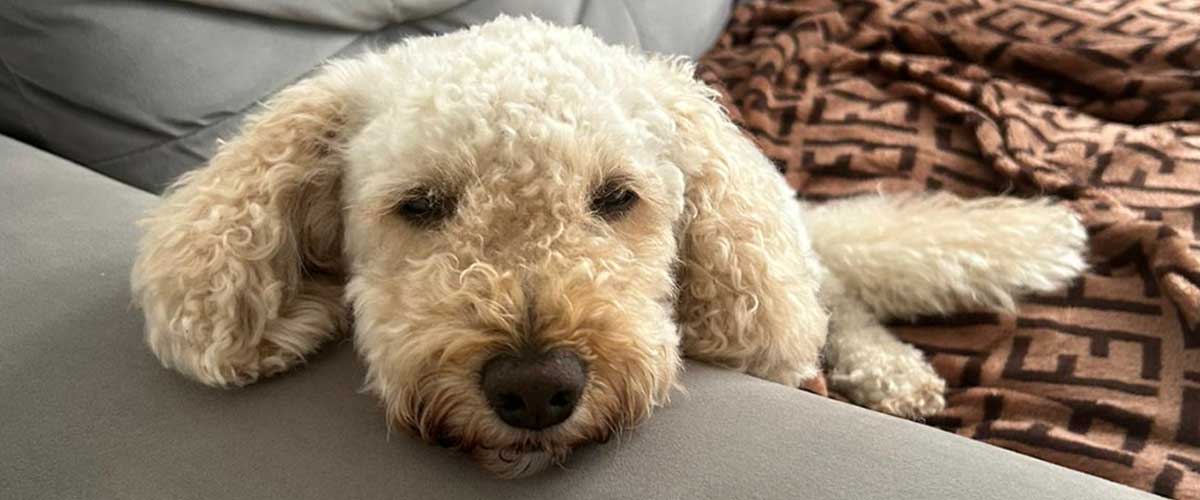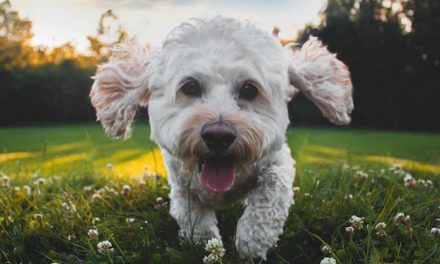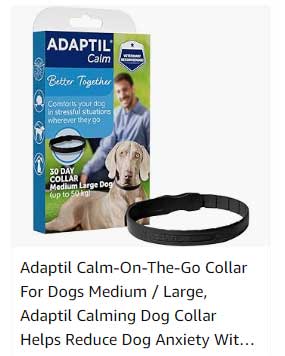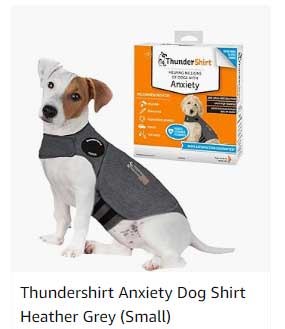Bringing a dog into your home is a joyous occasion, filled with laughter, companionship, and love.
However, many dog owners can face the challenge of helping their furry friends relax, especially in a bustling household.
Just like humans, dogs can experience stress and anxiety, which may manifest in various behaviors such as excessive barking, digging, or restlessness.
Getting Your Dog to Relax at Home
Here are some practical tips to help create a calm environment that encourages relaxation for your dog at home.
First and foremost, establishing a designated space in your home for your dog to retreat to is essential.
This could be a cozy corner in your living room, a quiet bedroom, or even a specific area in the yard.
Ensure that this space is comfortable, filled with soft bedding, and perhaps adorned with a few of your dog’s favorite toys.
Having this safe haven allows your dog to feel secure and gives them a place to decompress when the household gets too chaotic.
Dogs Need Routine
Another critical element in helping your dog relax is maintaining a structured routine.
Dogs thrive on predictability, and a consistent daily schedule for feeding, walks, playtime, and relaxation can greatly reduce anxiety.
Try to keep your dog’s daily activities as similar as possible, even on weekends or days off.
The outline of their day should be clear, making them feel more secure and at ease.
Exercise With Your Canine Buddy
Exercise is also vital for a relaxed dog. A tired dog is generally a happy and calm dog.
Regular physical activity not only decreases energy levels, which can lead to restlessness, but it also produces endorphins that boost mood and reduce stress.
Depending on your dog’s breed and age, the amount of exercise they need will vary.
Aim for daily walks, play sessions, and even some brain-stimulating games to keep them physically and mentally engaged.
Dog Brain Stimulation
In addition to physical activity, mental stimulation plays a significant role in a dog’s overall well-being.
Engaging your dog’s mind can be just as tiring as physical exercise.
Use puzzle toys that dispense treats, teach them new tricks, or consider interactive games that challenge them mentally.
These activities can keep your dog occupied and distracted from potential stressors in the home, making them more likely to relax.
All About The Right Place
Creating a calming environment is equally important.
This can be done by minimizing loud noises and distractions.
If your dog is easily startled by sudden sounds, consider using white noise machines or soft music to drown out the commotion of everyday life.
Calming scents, such as lavender, can also be beneficial.
There are dog-safe essential oils available that can be diffused or sprayed in their designated relaxation space.
If your dog struggles with anxiety, particularly during specific situations like thunderstorms or fireworks, training them to feel at ease is crucial.
Dog Behaviour Techniques For Anxiety
Consider using positive reinforcement techniques to help your dog associate these stressors with positive experiences.
This could involve rewarding them with treats when they remain calm during a thunderstorm or offering comforting toys when they become fearful.
Be mindful of your dog’s food and treats, as nutrition plays a pivotal role in their overall health and mood.
Feeding them balanced meals suited to their individual health needs will ensure they have the energy and nutrients required for a relaxed disposition.
Additionally, certain supplements, such as those containing calming herbs, may help alleviate anxiety for some dogs.
Always consult your veterinarian before adding any new supplements to your dog’s diet.
Patience is Key
Lastly, be patient. Relaxation isn’t something that happens overnight.
Each dog is unique, and what works for one may not necessarily work for another.
With time, consistency, and love, you will likely see your dog becoming more relaxed and content in their home environment.
In conclusion
Getting your dog to relax at home requires a combination of creating a safe space, establishing a routine, providing sufficient physical and mental exercise, and fostering a calming environment.
By investing your time and effort into understanding your dog’s needs, you can create a peaceful home where both you and your furry friend can thrive.










